
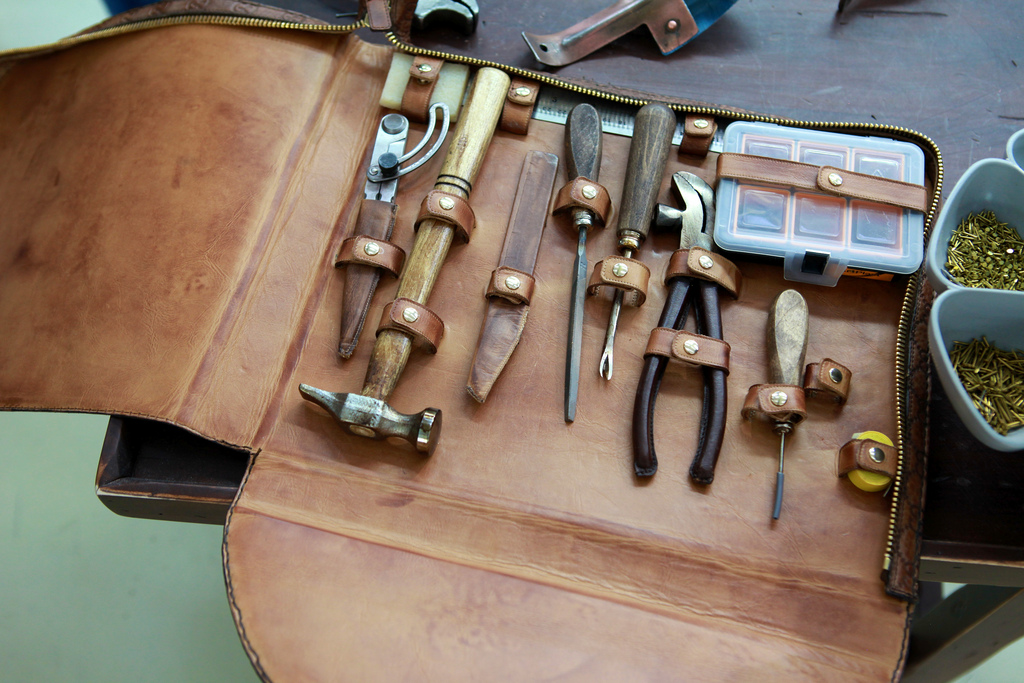
On the outskirts of Florence, in Italy’s traditional shoe-making home, sits a nondescript, boxy building that was built during the post-war Italian industrial boom of the 1950s. While the factory doesn’t look like much from the outside, once through the door it’s an altogether different story. The facility has the honorable distinction of making the Gucci loafer, one of the most iconic shoes made by one of the most prestigious and revered brands the world over.
If teleported into the building without any knowledge of the craft that held within those walls, one could reasonably think workers were turning out semiconductors or some other ultra-modern device. The neatly-organized space is bright and clean with machinery clustered sporadically along a looping line. It is the perfect marriage of technology and traditional craft with a seasoned group of shoemakers, sewers and cutters all under one roof. The nexus of old and new world is best exemplified in the attire of the tradespeople themselves; each worker wears a white lab coat with a beautifully tanned leather apron in a charming way that only Italians can pull off. The craftsmen attach the leather loafers to the last by hand with a nail and hammer while sitting on a little wooden stool at a well worn and purpose built work bench. Even the tools have their own Gucci embossed leather kit to keep all necessary instruments organized and at hand. Looking around, I had a vision of what it would have been like for an Italian 1950s me driving my Cinquecento to the factory, grabbing my apron and going to work as a skilled (and humble) craftsman. If Daniel Day Lewis can do it, why not me?
After the moccasin uppers are sewn together (by hand, of course) and lasted, they move down “the line” to a team who begins the long coloring process of staining the leather. This hand staining involves several stain and dry repetitions which eventually result in a beautifully tonal rich leather coloring. It was the workers who stained the shoes who most impressed me, wielding a steady hand and paint brush with an ease that is only born from years and years of experience. To me, it seems, the easier a processes looks, the harder it most likely is.
Eventually, the loafers make their way around the room to the welting step and through layers and layers of finishing. This finishing process includes polishing, more hand staining, drying, more polishing and eventually to the craftsman who attaches the classic Gucci “Horsebit” hardware. The finished shoes are then packed up neatly awaiting final delivery to the store or customer. The process of making leather shoes at Gucci is a beautiful one and held in high regard for an obvious reason. The craftspeople in that simple building outside Florence are the unique combination of experience, technology and a historical skill set that has developed over generations. What more could one want in an icon?
[Gucci Official Link]
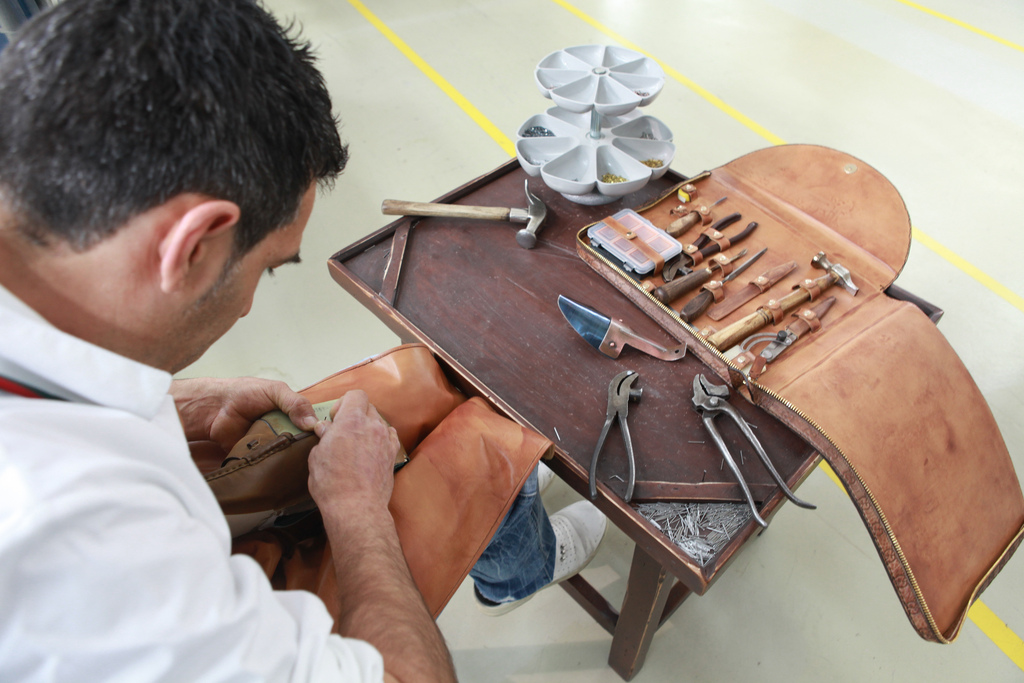


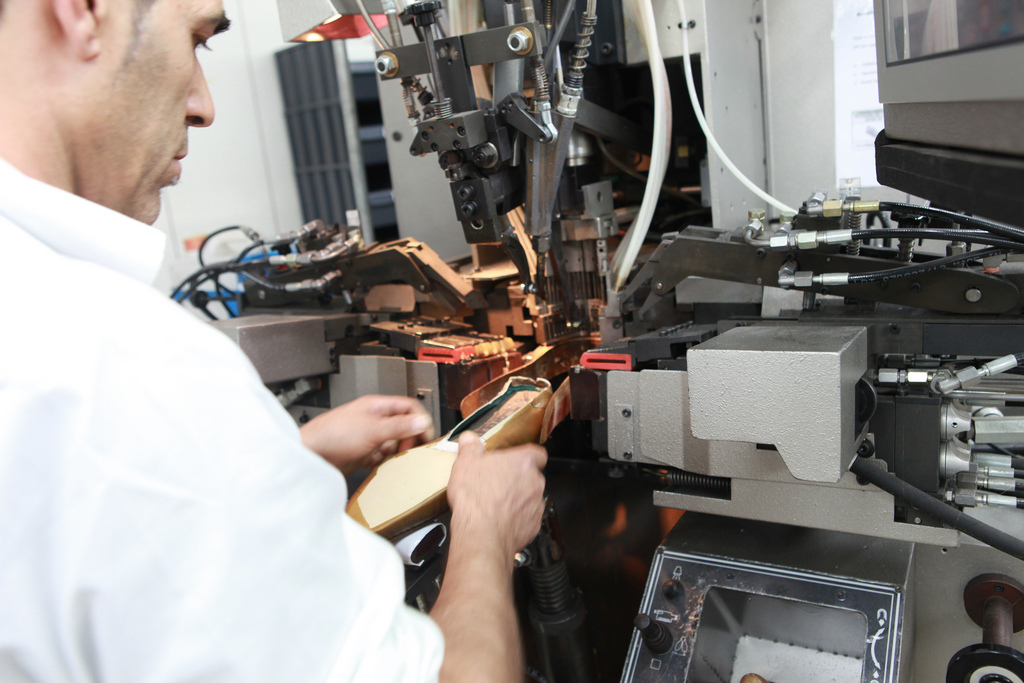
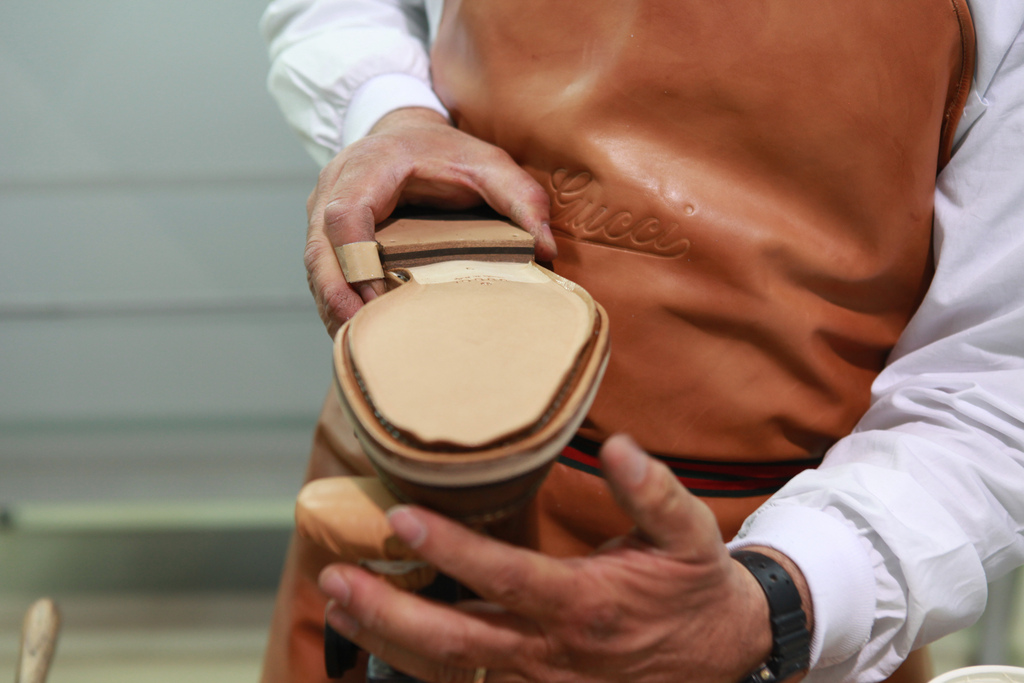
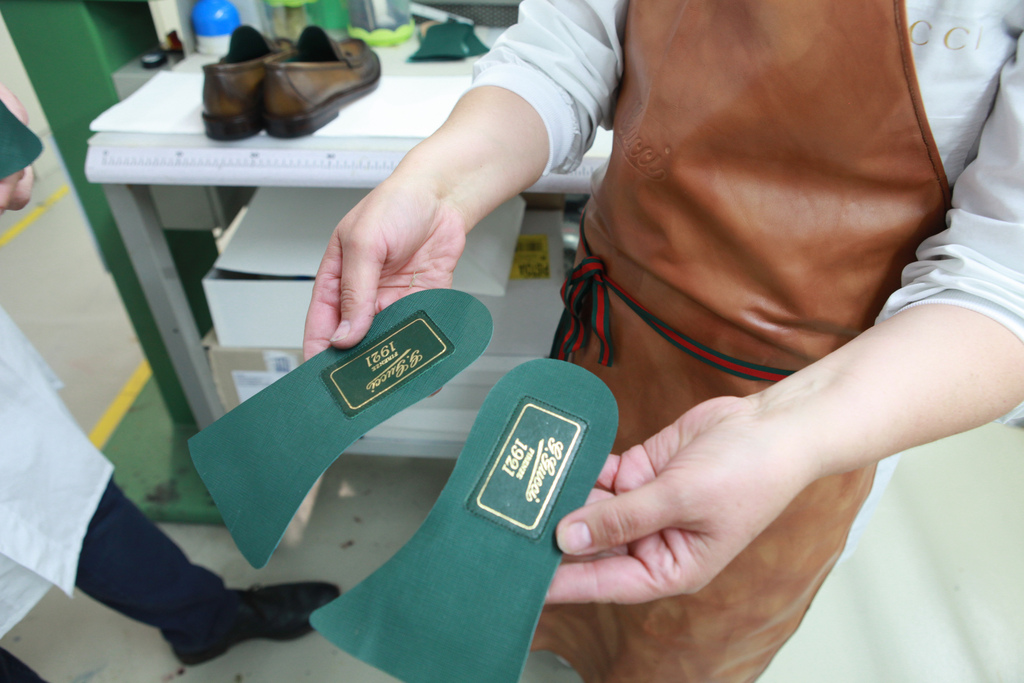


没有评论:
发表评论